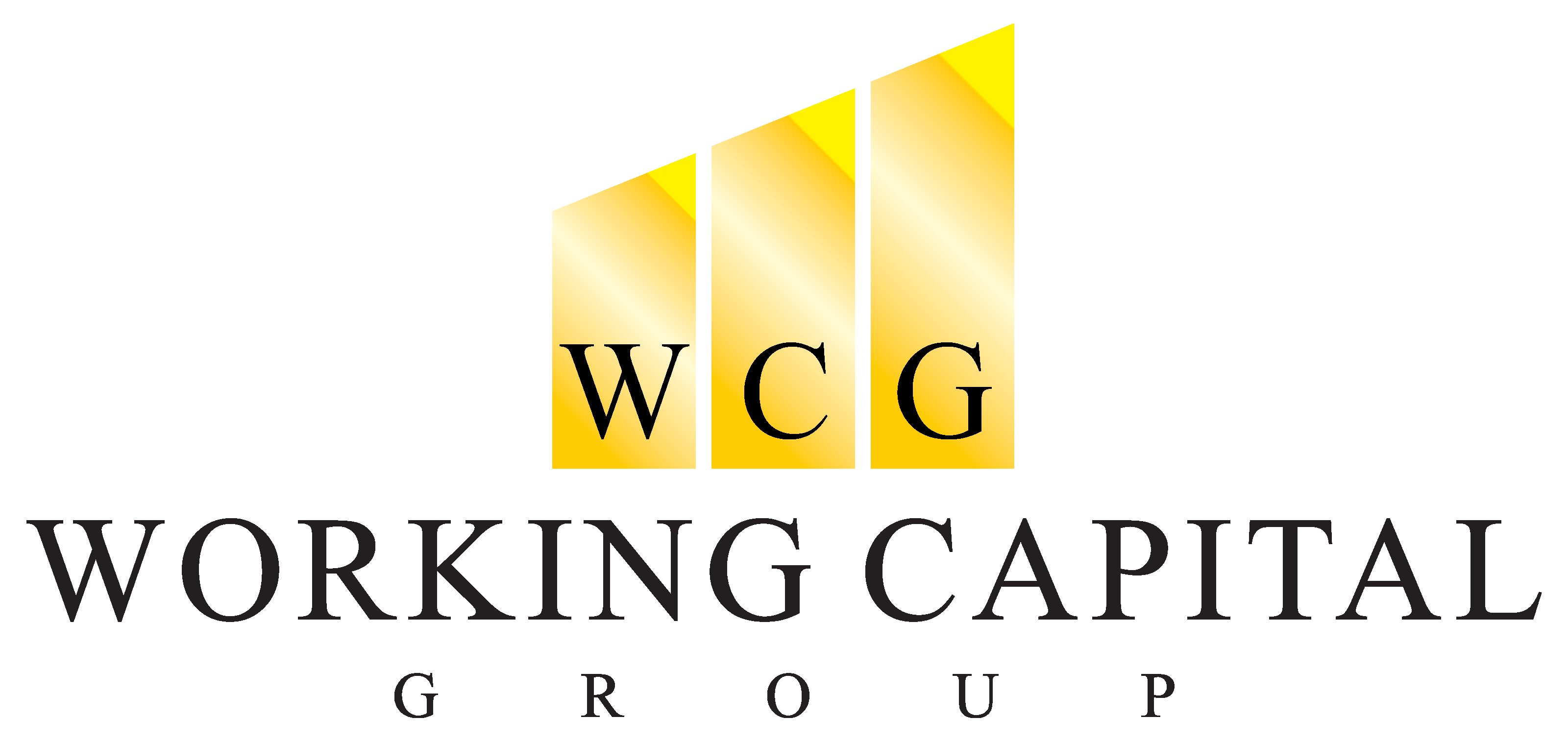Small Business Should Think About Financing in 2019
It’s no secret that over half of small businesses close their doors within the first five years. One of the critical problems that often occur has little to do with the innovation, ingenuity, or work ethic of the small business owners themselves, but rather the lack of access to sufficient capital to cover the ebbs and flows of their operation and its associated costs.
Scaling any idea or enterprise, to me, is less often about “entrepreneurship” —and other catchy terms we can print on a business card— and more about meeting the demands of others, like payroll and customer expectations. Simply put: small business owners need capital resources— they need cash.
Historically, small businesses have had limited options to access capital: savings, friends and family, credit cards, traditional bank loans, or the occasional SBA loan. Enter the financial crisis of 2008-2009, which ushered in a new regulatory environment that contracted these historic capital resources, thereby creating the market-driven need and demand for non-traditional banking options.
Consequently, we find ourselves operating in a new era, one in which enterprising nonbank funders have brought novel and different capital products to the small business market. This has been largely accomplished through an ambitious mix of fintech and financial innovation. These previously unavailable financing options give small businesses more resources to consider than ever before. Now their next step is to explore them and consider how their small business might decide on the best option for their specific needs.
As we contemplate these innovations, here’s a quick list of some of the best financing options available to small businesses in 2019:
Business Term Loans:
Best for businesses looking for working capital, equipment purchases, or to purchase inventory or other fixed assets. For short-term loans, it can often be matched to a specific project and repaid to coincide with the completion of that project in 6 to 12 months. For longer-term loans, the repayment can be stretched out to 3 to 10 years, but these often require higher levels of collateral coverage or a personal guaranty by the business owner.
Pros: Great product for larger one-time investments with targeted cash flow that payments can be matched.
Cons: Larger dollar amounts and a longer payback term will require increased time, energy (think: bank meetings and interviews), and documentation.
Equipment Financing:
Best for one-off purchases like restaurant equipment and machinery.
Pros: no upfront spend; if the business owner has impaired credit the fact an asset is involved as collateral can make it easier vs. purchasing the equipment; and tax-deductible.
Cons: Overall cost is usually more expensive in the long-run; cost inclusive of fees if the lease is terminated early can be substantial; and must take into account all terms and conditions that can be complicated (who handles and addresses a break-down in the equipment? etc).
Small Business Administration (SBA) Loan:
Best for business owners who need capital for a variety of longer-term business expenses. It is government guaranteed so the process can be daunting and is processed through a bank that has an SBA loan program.
Pros: Cost and longer-term repayment; great product for owner-occupied real estate.
Cons: Requirements are strict; process is time-consuming (60 to 180 days); high upfront fees; and requires strong personal credit scores.
Business Line of Credit (“LoC”):
Best for businesses with more volatile sales and cash flow. Flexibility to drawdown and repay based on the needs of your business. Often secured by accounts receivable and inventory. Some LoC’s offered by FinTech operators do not require business collateral but do require a personal guaranty.
Pros: Can access quickly (assuming facility is in place) to solve urgent issues or expenses; and great for managing working capital needs and the business’ short-term cash flow needs.
Cons: Reporting can be much more intensive vs. other products available; upfront and ongoing fees can be expensive, especially if the LOC is rarely drawn down.
Revenue-Based Financing:
This is a financing option where the repayment schedule is tied to the future revenue of the business. The genesis of the product is that the funder operates as more of a partner and is taking some level of “equity-risk”. If the revenue decreases or the business fails, the repayment is either stretched out or in the case the business fails the funder has no recourse. Small businesses can utilize this product for project financing, working capital, growth investments, or short-term needs.
Pros: Quick access; repayment risk mirrors the revenue; no business or personal recourse except in the case of fraud.
Cons: Products are generally 12 months or less; more expensive given level of risk with limited recourse; reporting can be intensive as changes to payment schedules requires bank and financial verification.
Invoice Factoring:
The business can turn its unpaid invoices into immediate cash. The invoice factoring company collects directly from the customers and distributes capital to the business, net of its fee.
Pros: good for managing cash flow; typically a short-term financing product (30 to 90 days).
Cons: cost can be expensive, especially if repaid much quicker than anticipated; can be disruptive notifying customers to change their payment instructions to the factoring company; requires technology integration or higher level of reporting and the business’ customers will be dealing directly with your funder if they delay payment – not you as the business owner.
Angel Investors/ Venture Capital:
Best for small businesses who want to scale quickly.
Pros: entrepreneurial background provides increased insights and foresight vs. dealing with alternative finance providers, banks, or the government; larger investor network to leverage for additional funds or additional business; and capital remains in the business (vs. interest costs).
Cons: Higher rates of returns expected (typically at least 5x their investment); requires giving up equity in the business; process will be intensive; typically reserved for high visibility, disruptive companies pursuing large addressable markets on a national or global scale; and will require operating agreement additions to governance to protect their investment in the case of underperformance.
Bootstrapping:
Best for businesses with principals that have savings or expendable income who want to preserve equity ownership and cash in the business.
Pros: maintain ownership position and keeps all cash generated either in the business or available for dividends.
Cons: Growth limited to the owner’s cash position; risk missing market opportunity because thinly capitalized; challenging if a short-term need requires more cash than available.
While the pros and cons of this list provide a guide to financing in 2019, any financing decision should ultimately come down to your assessment of the cash flows of the business (today and in the near term), demonstrated capacity to handle credit, costs versus profit opportunity (positive ROI), and repayment thresholds.
The good news is, enabling technology allows small business owners to access various forms of capital quickly and efficiently. There is no day like today to explore options to fund entrepreneurial dreams.
This content was originally published here.



